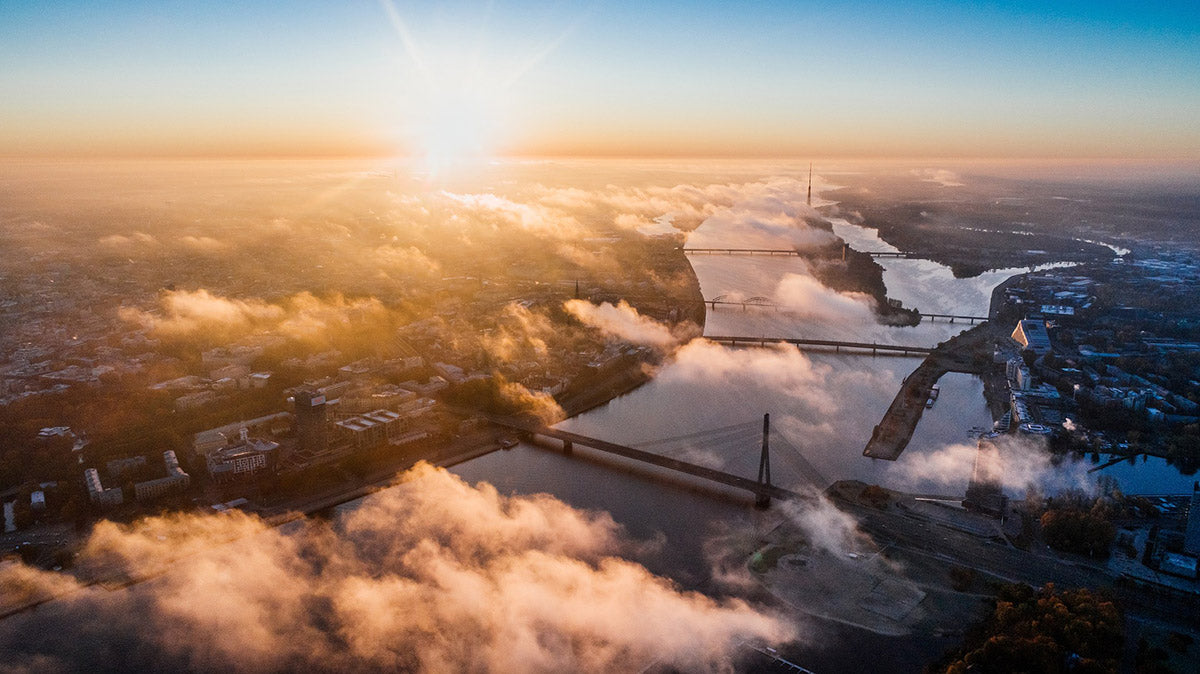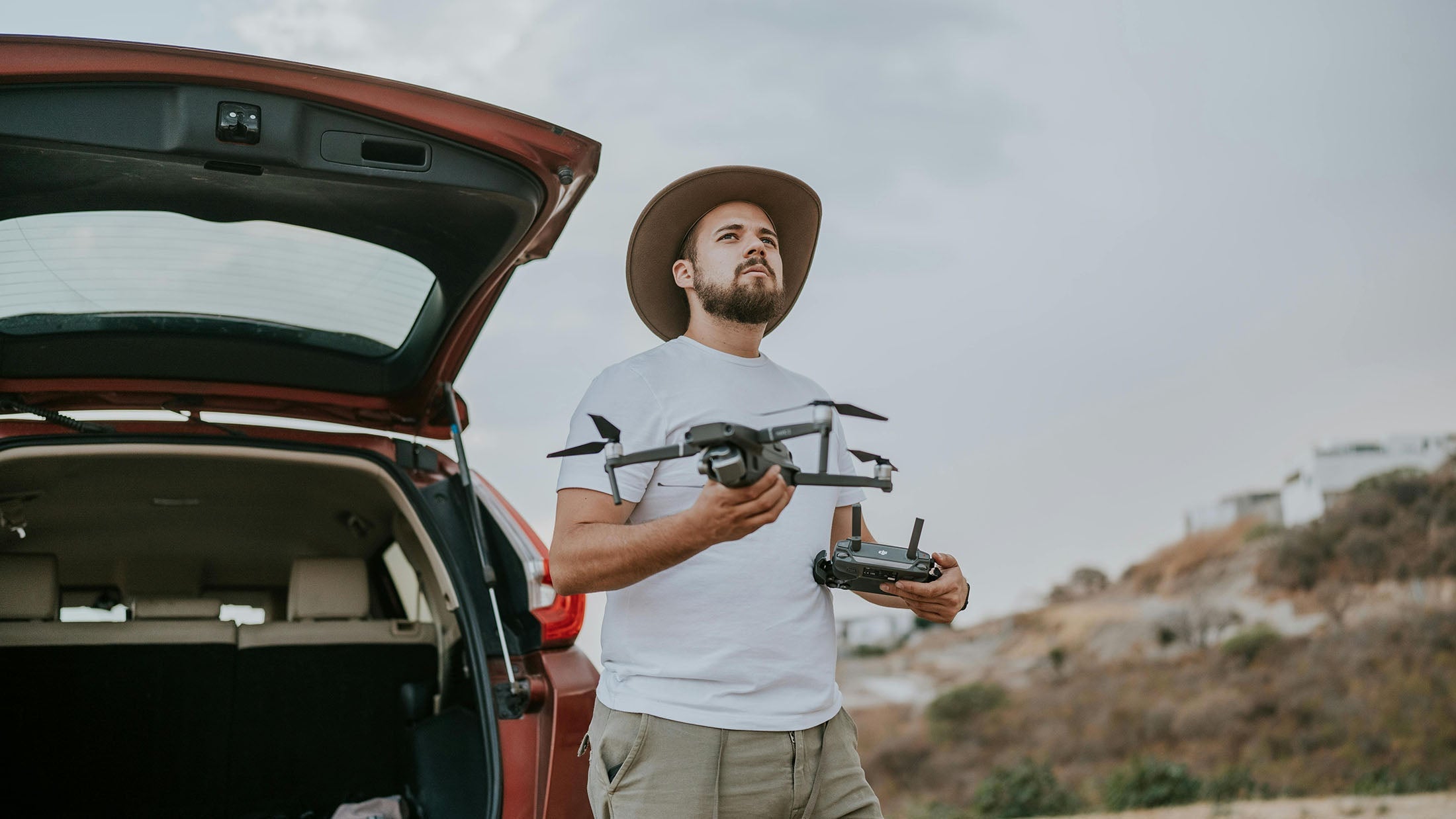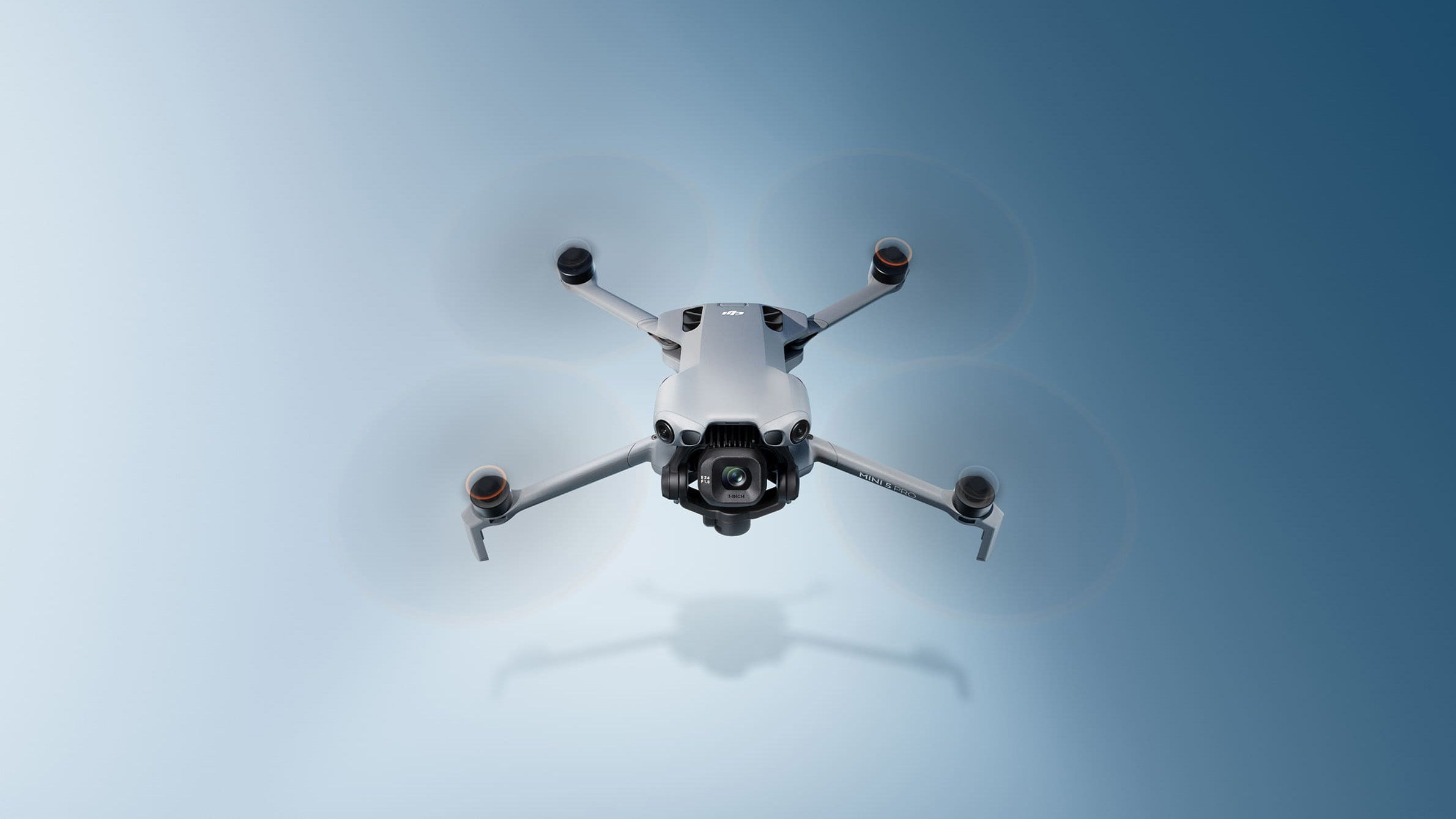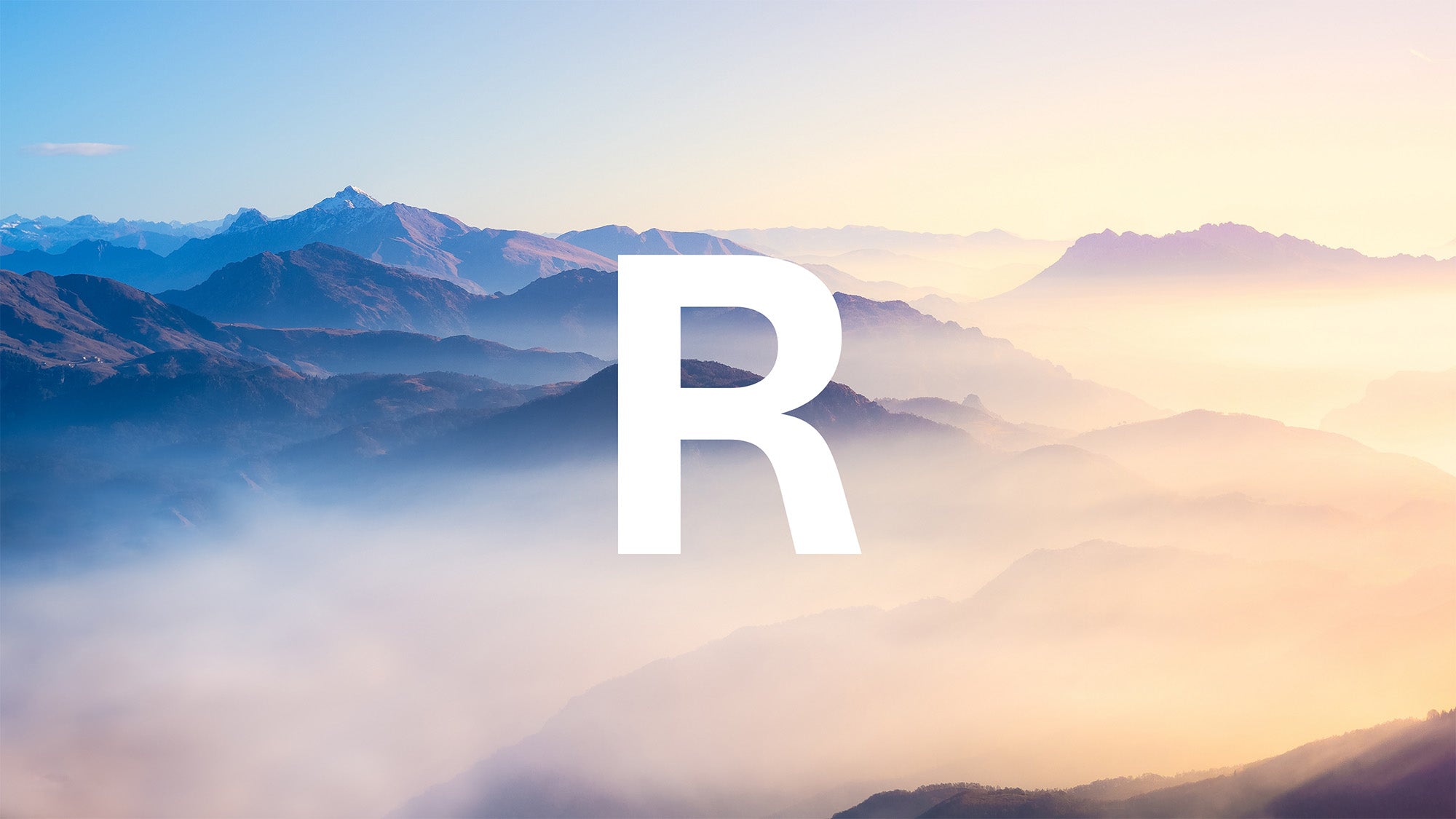You want to buy a new drone? Then it is useful to know what to look for when buying. Every drone has different features and functions. In this blog, we explain the most important features and functions of a drone. You can compare drones based on these features.
Curious about our favourite drones? Then read our blog about the best drones at the beginning of 2023.
1. Camera quality for video recording
The camera quality you need depends on the purpose for which the footage will be used. When comparing drones in terms of quality, it is important to consider the size of the CMOS sensor and the resolution at which the drone can capture footage.
The size of the sensor influences the image quality. The sensor captures the light when taking pictures. A larger sensor allows high quality images to be taken in low light. The resolution at which images are taken is expressed in pixels. Many drones can take pictures in 4k quality. Some drones even record in 5.1k resolution. Pay attention to the number of frames per second (fps). The higher the number of frames, the the smoother the video images become.
The DJI Mini 3 has a 1/1.3-inch sensor and a maximum video resolution of 4K/60fps. The DJI Mavic 3 has a 4/3-inch sensor and a maximum video resolution of 5.1k/50fps.
2. Camera quality for photography
The same applies to photography as to video recording. The more pixels and the larger the camera's sensor, the sharper the image can be. For photography, it is also good to take pictures in DNG (RAW) format. This offers many more options for editing without sacrificing image quality.
DJI Mini 3 has an image size of 12 MP (JPEG/DNG (RAW)). DJI Mavic 3 has an image size of 20 MP (JPEG/DNG (RAW)).

3. Technical functions of the drone
Drones are getting more and more technical features and applications. Below are four technical features that are useful for flying.
Obstacle detection
If the drone has obstacle detection, there are several sensors around the drone that check if there is an obstacle nearby. If you accidentally fly too close to an obstacle, the drone will stop or avoid the obstacle. This prevents the drone from crashing. Obstacle detection is a good feature if you are just starting to fly a drone or want to fly in an unfamiliar environment.
ActiveTrack
With ActiveTrack, the drone follows the subject of the photo. You do not have to steer the drone yourself. The drone does the flying. It follows the subject in a flowing flight motion until ActiveTrack is switched off.
Point of interest
With Point of Interest, the drone circles the subject. Point of Interest works in the same way as ActiveTrack. You select a subject, whereupon the drone takes control. In a fluid motion, it flies a circle around the subject.

4. Observe the specifications
Each drone has different functions. If you want to travel a lot with your drone, then it makes sense to buy a small, compact drone. If you want to shoot professional videos, a drone with a long flight time and gimbal is practical.
How long is the flight time of the drone?
Short flight times can be very annoying. Nowadays, most drones can fly for over 30 to 45 minutes on one battery. You can also take several batteries with you to extend the total flight time.
Does the drone have a gimbal?
A gimbal ensures that the images are stabilised. Without a gimbal, the images will be jerky. Most drones have a 3-axis gimbal. This is the best.
Does the drone have a GPS connection?
Drones without a GPS signal must be stabilised manually. If the drone has a GPS signal connection, the drone will stop in the air. Most drones have GPS, but many toy drones and racing drones do not.
What is the size and weight of the drone?
The size and weight of the drone are important for several reasons. If you plan to travel a lot with a drone, it is wiser to buy a small, compact drone that can be carried in your hand luggage. One disadvantage of small drones is that these drones are more sensitive to wind conditions.
5. Laws and regulations for drones
Before flying a drone, you must register as a drone pilot and obtain an EU Drone License.
Registration as a drone pilot
You must register yourself if the drone has a camera on board and/or weighs at least 250 grams. After registration, you will receive this number, which you must attach to the drone by means of a sticker. Do you live in or travel to a EU country? Then you have to register with the authorities in that country.
EU Drone License
If you decide to buy a drone weighing 250 grams or more, you need an EU drone certificate before you can fly it. At least the base certificate A1-A3. You can get the EU drone license by taking an online exam. In this course you will learn all the rules for drones. With the knowledge you gain, you can avoid doing something wrong and risking a heavy fine.





Share:
Professional drone flying?
Which drone should I buy? Best drones